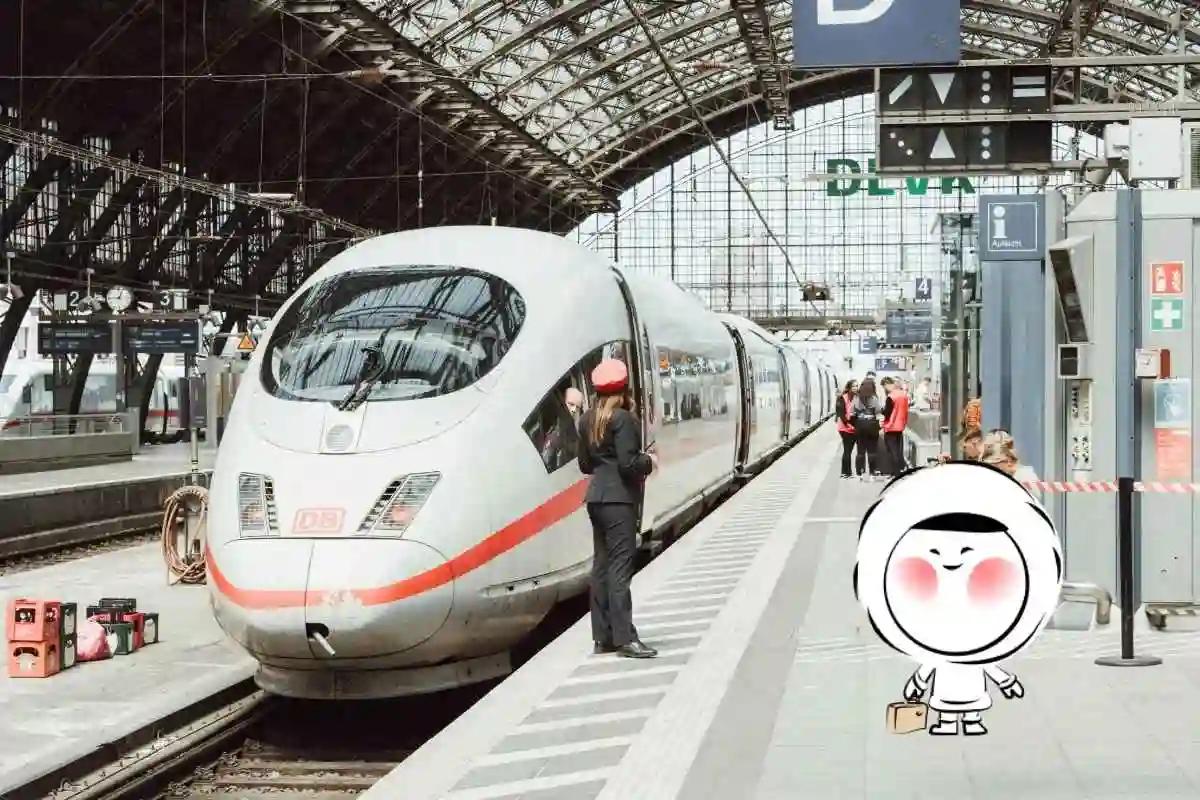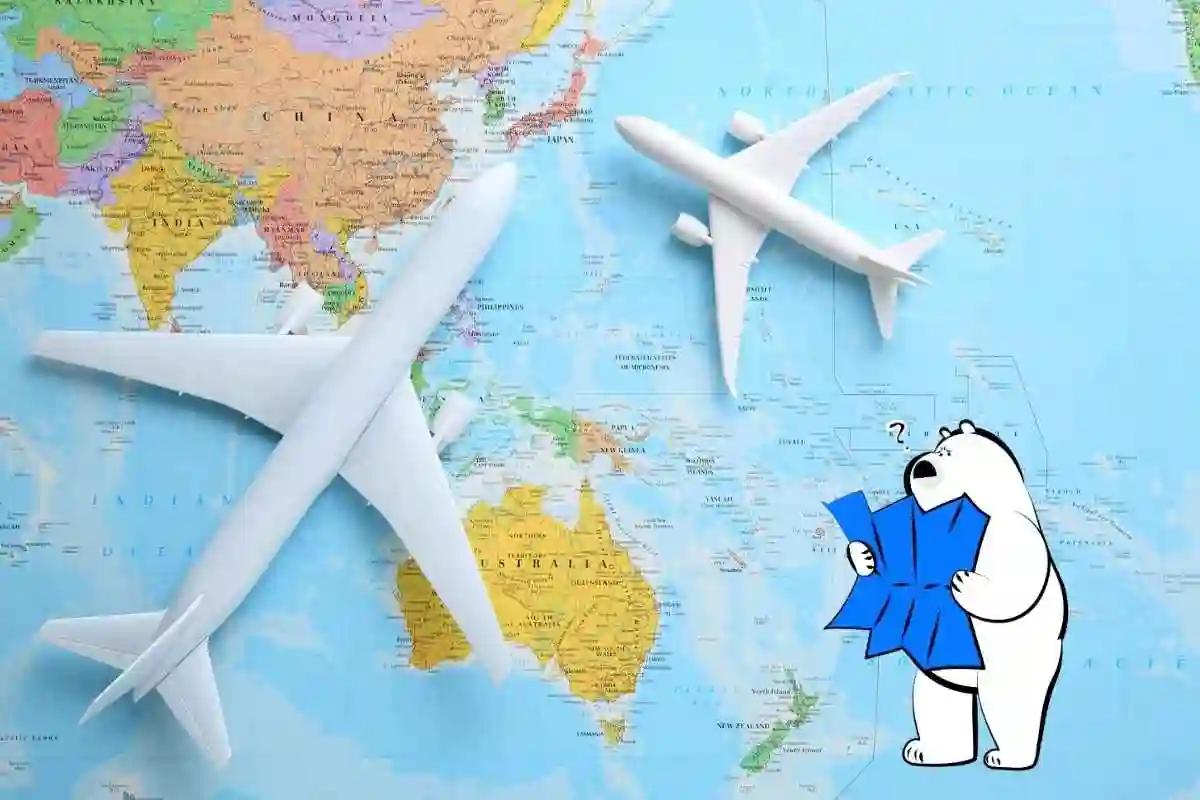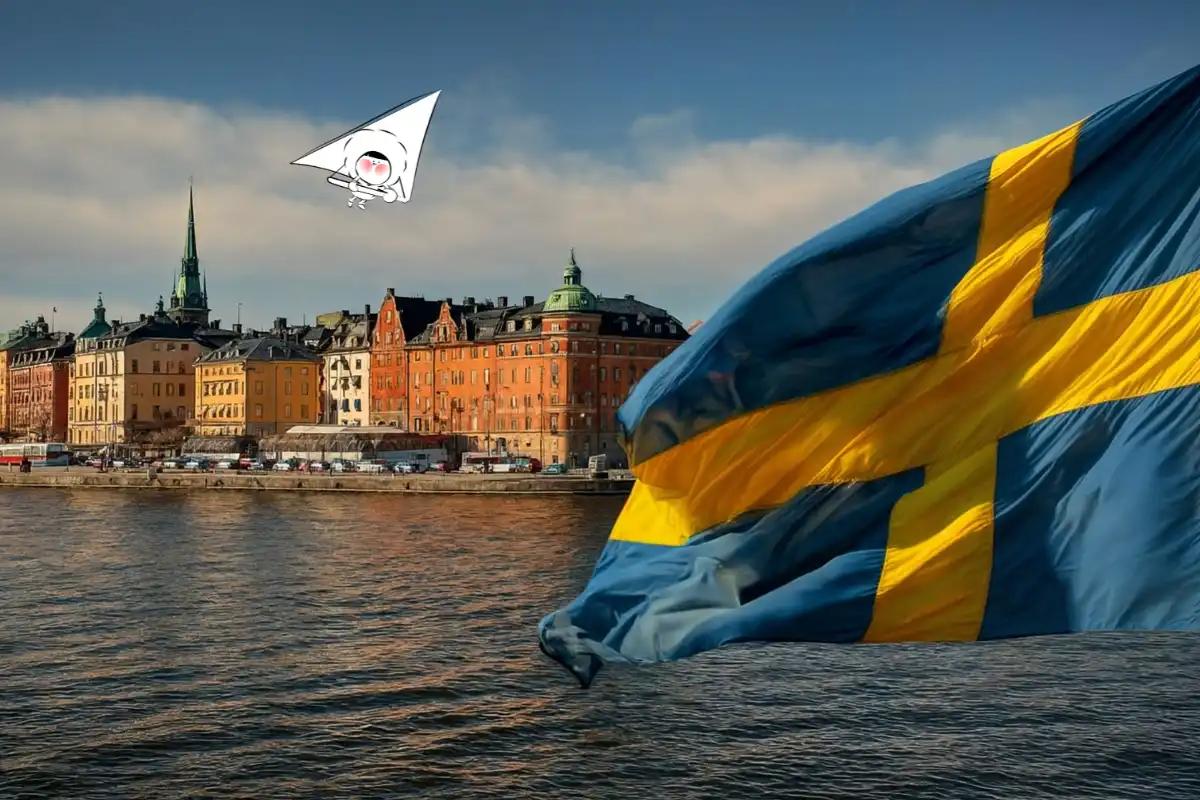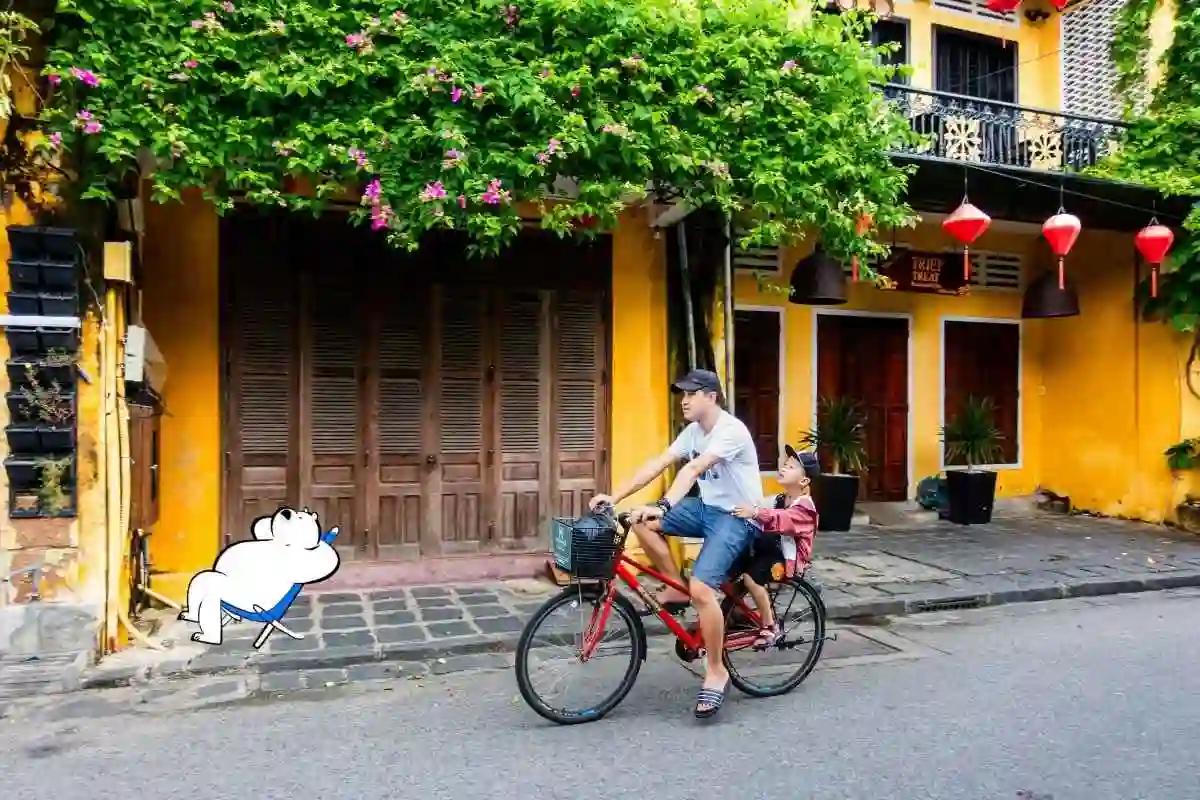
The overland/train journey from Singapore to Europe is usually divided into 3 main parts:
- Southeast Asia: Singapore → Malaysia → Thailand → Laos → China.
- China to Russia: through China’s railway network up to Beijing or Kunming, then connect with the Trans-Siberian/Trans-Mongolian line.
- Russia to Europe: via the Trans-Siberian or Trans-Manchurian to Moscow, then continuing into Western Europe.
Detailed Route, Transfers, Duration & Rough Costs
1. Singapore → Johor Bahru → Kuala Lumpur (Malaysia)
- How: Start at Woodlands Checkpoint → take the KTM Shuttle Tebrau to JB Sentral → switch to KTM ETS train to Kuala Lumpur.
- Transfer point: at JB Sentral.
- Duration: ~1 hour Singapore to JB, then 5–6 hours JB to KL.
- Cost: Shuttle is just a few SGD/RM, ETS tickets range RM 50–100 depending on class.
2. Malaysia → Thailand (Padang Besar → Hat Yai → Bangkok)
- How: From Padang Besar (border station) continue on Thai trains to Hat Yai, then sleeper train to Bangkok.
- Transfer point: Padang Besar and sometimes Hat Yai.
- Duration: ~15–17 hours for Padang Besar–Bangkok sleeper.
- Cost: sleeper ticket ~THB 800–1000.
3. Thailand (Bangkok) → Laos (Nong Khai → Vientiane)
- How: Bangkok to Nong Khai (~10–12 hours), cross into Laos, then onward to Vientiane. Some parts may require a bus or transfer.
- Transfer point: Nong Khai border.
- Duration: ~10–12 hours Bangkok–Nong Khai + border crossing time.
- Cost: relatively low, a few hundred THB.
4. Laos → China (Vientiane → Kunming)
- How: Since 2021, the Laos–China Railway connects Vientiane to Kunming.
- Transfer point: at Vientiane or Kunming.
- Duration: ~9–10 hours including border checks.
- Cost: around CNY 500–550.
5. China (Kunming → Beijing)
- How: High-speed trains connect Kunming and Beijing.
- Transfer point: Beijing.
- Duration: 11–14 hours by high-speed train.
- Cost: varies, usually tens to hundreds of USD depending on class.
6. China → Russia (Beijing → Moscow)
- How: From Beijing, take the international train to Moscow, either via Mongolia (Trans-Mongolian) or via Manchuria (Trans-Manchurian).
- Transfer point: depends on route (e.g. Ulaanbaatar if going through Mongolia).
- Duration: ~6 days Beijing–Moscow.
- Cost: several hundred up to over 1000 USD depending on cabin class.
7. Russia → Western Europe (Moscow → Europe)
- How: From Moscow, continue to Western Europe by train (Warsaw, Berlin, Paris, etc.).
- Transfer point: depends on the chosen route.
- Duration: additional hours to a few days.
- Cost: varies by route and country.
Total Estimated Time & Cost
- Travel time: If done continuously with minimal stops, this overland journey can take several weeks. Many travelers report 6–8 weeks with stopovers.
- Cost: very dependent on comfort and length of stay. Rough estimate ranges from USD 1,500–5,000. One traveler reported ~S$3,000 for a 7-week journey.
- Not one direct train, it’s a combination of many trains and some buses, changing operators several times.
- Visas and immigration: check every country on the route, especially China, Mongolia, and Russia.
- Schedules change, always verify with official railway websites before booking.
- Advance booking, essential for international sleepers like Beijing–Moscow.
- Plan B: some segments might be easier or faster by short flight if trains are limited.
Eskimo eSIM Can Connect in All These Countries!
Stay online while traveling across Singapore, Malaysia, Thailand, Laos, China, Russia, all the way to Western Europe. With Eskimo eSIM, you can easily connect in 130+ countries using a global data plan, plus enjoy extra benefits:
- Data rollover
- Data sharing
- Hotspot
- 5G coverage
- Free data every time someone signs up with your referral code
FAQs
Can you travel the entire Singapore-Western Europe route on a single ticket?
No, you need to book separate tickets from different railway operators across each country.
What is the best season to attempt this journey?
Spring and autumn are ideal, as summer can be too hot in parts of Asia and winter extremely cold in Siberia.
Do travelers usually complete the full route in one go?
Most don’t, people often stop for days or weeks in major cities along the way to rest and explore.

















